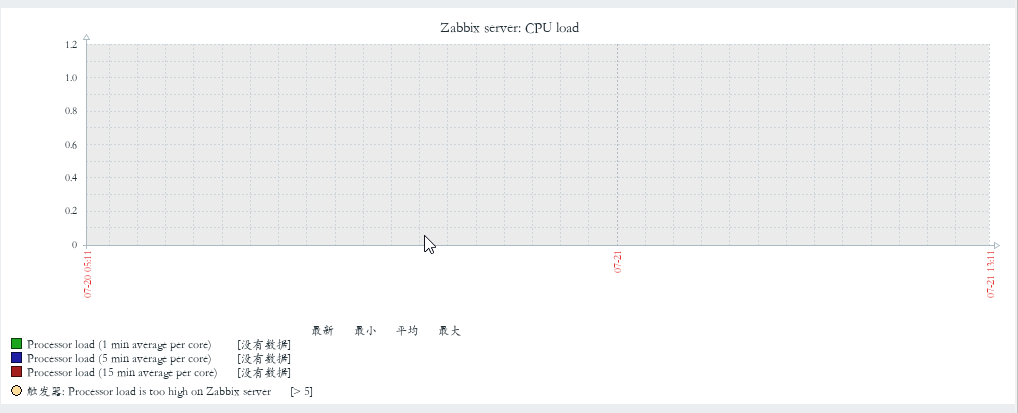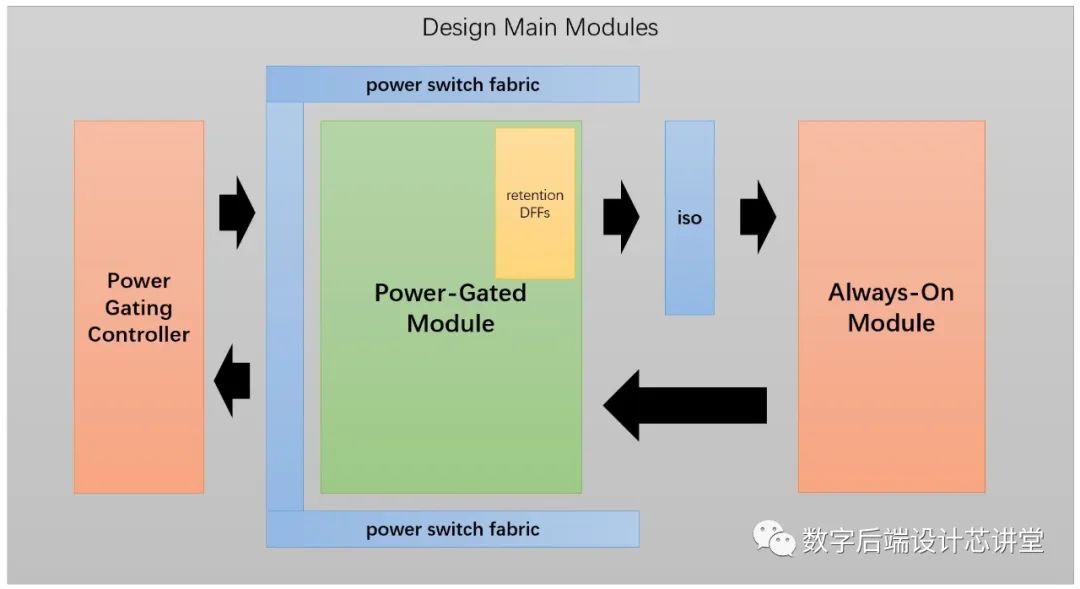Say we have six columns A B C D E F, while removing transitive dependency we encounter the dependency where
F-> E,D,C,B,A (say F is the primary key)
A->B (A is a transitive key towards B)
C->D (C is a transitive key towards D)
In this case what would we do, would we make a new table with four columns or will we make two tables with two columns each?
If you have a relation schema R(A B C D) with dependencies:
A → B
C → D
then the following facts hold:
The key of the relation is:
A C
The relation is neither in Boyce-Codd Normal Form, since both dependencies (A → B and C → D) violates the rule that the determinant should be a superkey, nor in Third Normal Form (since, in addition the the previous fact, B and D are not prime attributes).
The relation can be transformed in Third Normal Form (and also Boyce-Codd Normal Form) by decomposing it in three relations:
R1(A B), with A as key and unique dependency: A → BR2(C D), with C as key and unique dependency: C → DR3(A C), with A C as key and no non-trivial dependencies
EDITED
Since you have changed your question, the answer has to be completely different. You should be aware that to solve a normalization problem, one should have two things (and only those two things):
The list of the attributes of the relation schema
A set of functional dependencies
No other information is needed, while to give a partial information is only confusing and does not produces a correct answer.
So, if I have understood your problem, you need to normalize a relation schema
R(A B C D E F)
for which the following functional dependencies exists:
A → B
C → D
F → A B C D E
In this particular case,
the only (candidate) key of the relation is F;
the relation is not in BCNF since both A → B and C → D violates the rule that the determinant should be a superkey, nor in 3NF (since, in addition the the previous fact, B and D are not prime attributes);
the relation can be transformed in 3NF (and also BCNF) by decomposing it in three relations:
R1(A B), with A as key and unique dependency: A → BR2(C D), with C as key and unique dependency: C → DR3(A C E F), with F as key and dependencies: F → A, F → C, F → E.





